8 Easy Care Houseplants That Live A Long Time
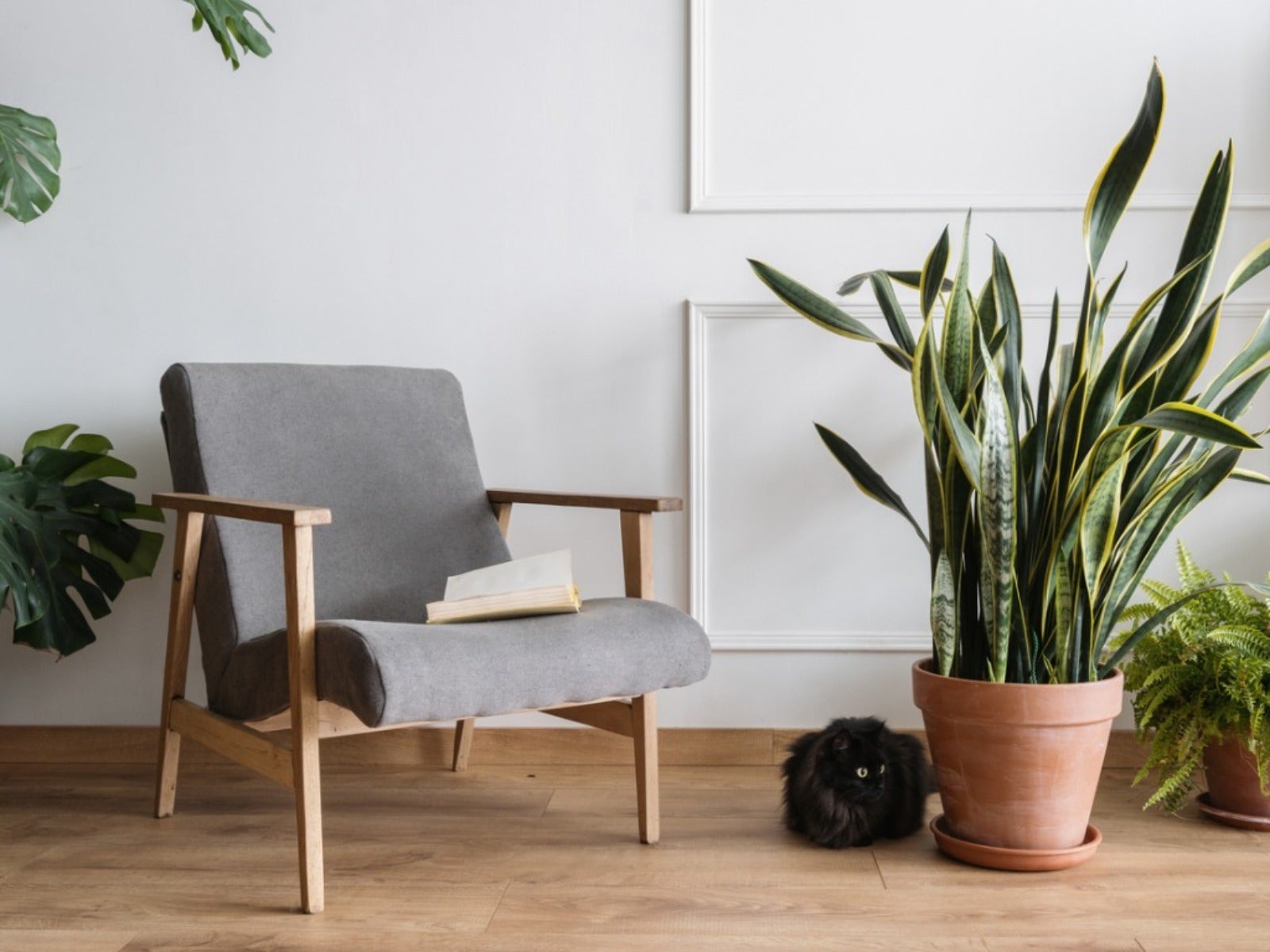
Methuselah, a Great Basin bristlecone pine found in the California White Mountains, has been measured by ring count to be 4,854 years of age. While houseplant parents can never come close to this great age, there are some houseplants that last a long time.
How long do houseplants live? Well, it depends on the variety of plant, of course, as well as the conditions and care the plant receives. The oldest verified houseplant is actually an Eastern Cape giant cycad which resides at the Kew at the tender age of 240 years! If you want to get in the Guinness Book of World Records for the oldest houseplant, read on to learn about our 8 best long lasting indoor plants.
Top 8 Houseplants That Last a Long Time
- Jade plants (Crassula ovata) are slow growing succulents native to Mozambique and South Africa. How long do jade plants live? Easy and low maintenance houseplants, jade plants symbolize good luck and are also referred to as ‘fortune plants,’ ‘lucky plants,’ or ‘money trees’ that can easily reach the ripe old age of 100 years. Provide a jade with plenty of light, go easy on the water, and pinch the plant back if it gets leggy and your jade will bring good energy and prosperity for decades.
- Snake plants (Dracaena trifasciata) are common specimens grown in homes and apartments for their upright saber shaped leaves. Grow snake plants in bright, indirect sunlight and only water when the soil has completely dried out. Difficult to kill, snake plants make perfect first time houseplants. How long does snake plant live? Most plants live for up to a decade, but with excellent care and positioning may survive for as long as 25 years.
- Christmas cactus can live so long that it is sometimes passed down from generation to generation. These blooming cacti can live for up to a century when grown in medium to bright indirect light, and are easy to share through division. Allow the top inch (2.5 cm) of soil to dry before watering and fertilize with a water soluble food during the growing season. Getting the plant to bloom is a bit more complicated, but if you follow a few simple guidelines your Christmas cactus should reward you with a slew of bright blooms that last for six to eight weeks right around the holidays.
- Lithops were discovered by William John Burchell in 1811 and look nothing like your typical plant, but rather like small stones. There are at least 37 species, with new ones still being discovered of this unique plant. Grown as novelty houseplants, lithops thrive in low humidity with little watering or other care. These compact succulents can live up to 40 to 50 years, easily in the same container for a decade or two.
- Scheffleras are grown for their foliage -- attractive oval leaflets arranged in an umbrella spoke pattern. Also called umbrella plant, in the proper circumstances scheffleras can grow up to 10 feet (3 m.) in height, although they can be pruned to reduce their size. Scheffleras prefer medium to bright light and daytime temps between 65 and 75 degrees F. (18-24 C.) with nighttime temps not much below that. Allow the top half inch (1 cm.) of soil to dry before watering and don’t let the plant sit in a saucer of water. Keep this plant away from drafts or heat vents. Proper care will allow you to enjoy your schefflera for 25 years or even longer.
- Cast iron plant (Aspidistra elatior) is as tough as it sounds. Thriving in low light, poor air quality, and warm or cold temps, cast iron plants are downright indestructible. A slow grower that only produces a few paddle-like leaves per year, cast iron plants rarely need to be transplanted and will be perfectly content in most areas of the home. This plant is known for its longevity, by some reports living 50 years or more.
- Rubber tree plants (Ficus elastica) are known to live for over 100 years in their habitat of southeast Asia, but generally only about 10 as houseplants. Growing to a height of about 10 feet (3 m), rubber tree plants thrive in bright, indirect light and well-draining soil. The epitome of a tropical plant, rubber trees have large green, waxy leaves. As with most tropical houseplants, keep rubber trees away from drafts or heating vents and in consistent temps of 60 to 75 degrees F. (16-24 C.). Water rubber trees once a week and wipe the leaves with a damp cloth or use a small humidifier to simulate the humid area they grow in naturally.
- Ponytail palm (Beaucarnea recurvata) is a unique plant with typically palm-like leaves sprouting out from a large bulb that sits partially out of the soil. In their native Mexico, these succulents can grow up to 30 feet (9 m) with sprays of creamy flowers. Slow to grow, averaging less than a foot (31 cm.) a year, ponytail palms can live for several decades, even as long as a century. With their tolerance for indirect light and low humidity, ponytails make the perfect houseplant. The biggest danger to ponytail palms is overwatering, which can lead to rot. The species can live several weeks without water, so allow the top inch (2.5 cm.) or more of soil to dry thoroughly before watering.
The average age of most houseplants is between five and ten years, but it isn’t uncommon for some to live up to 20 years or longer. Sometimes this is attributable to the type of plant, but more often to the care of the grower. If you want your plants to live a long and healthy life, be sure to understand the water, soil, temperature, humidity, and fertilizer needs for each species of houseplant.
Gardening tips, videos, info and more delivered right to your inbox!
Sign up for the Gardening Know How newsletter today and receive a free copy of our e-book "How to Grow Delicious Tomatoes".

Amy Grant has been gardening for 30 years and writing for 15. A professional chef and caterer, Amy's area of expertise is culinary gardening.
-
 10 Common Composting Problems That Can Spoil Your Garden Gold – Plus Easy Fixes
10 Common Composting Problems That Can Spoil Your Garden Gold – Plus Easy FixesLearn how to troubleshoot common composting issues before they ruin your stash – from bad smells and bugs to materials not breaking down as they should.
By Susan Albert
-
 Terrifically Tubular Flowers For Hummingbirds: 9 Tube-Flowered Plants To Attract Hummers
Terrifically Tubular Flowers For Hummingbirds: 9 Tube-Flowered Plants To Attract HummersGrowing tubular flowers for hummingbirds helps you create the optimum feeding conditions for your winged friends. Here are nine tubed delights for hummers
By Tonya Barnett
-
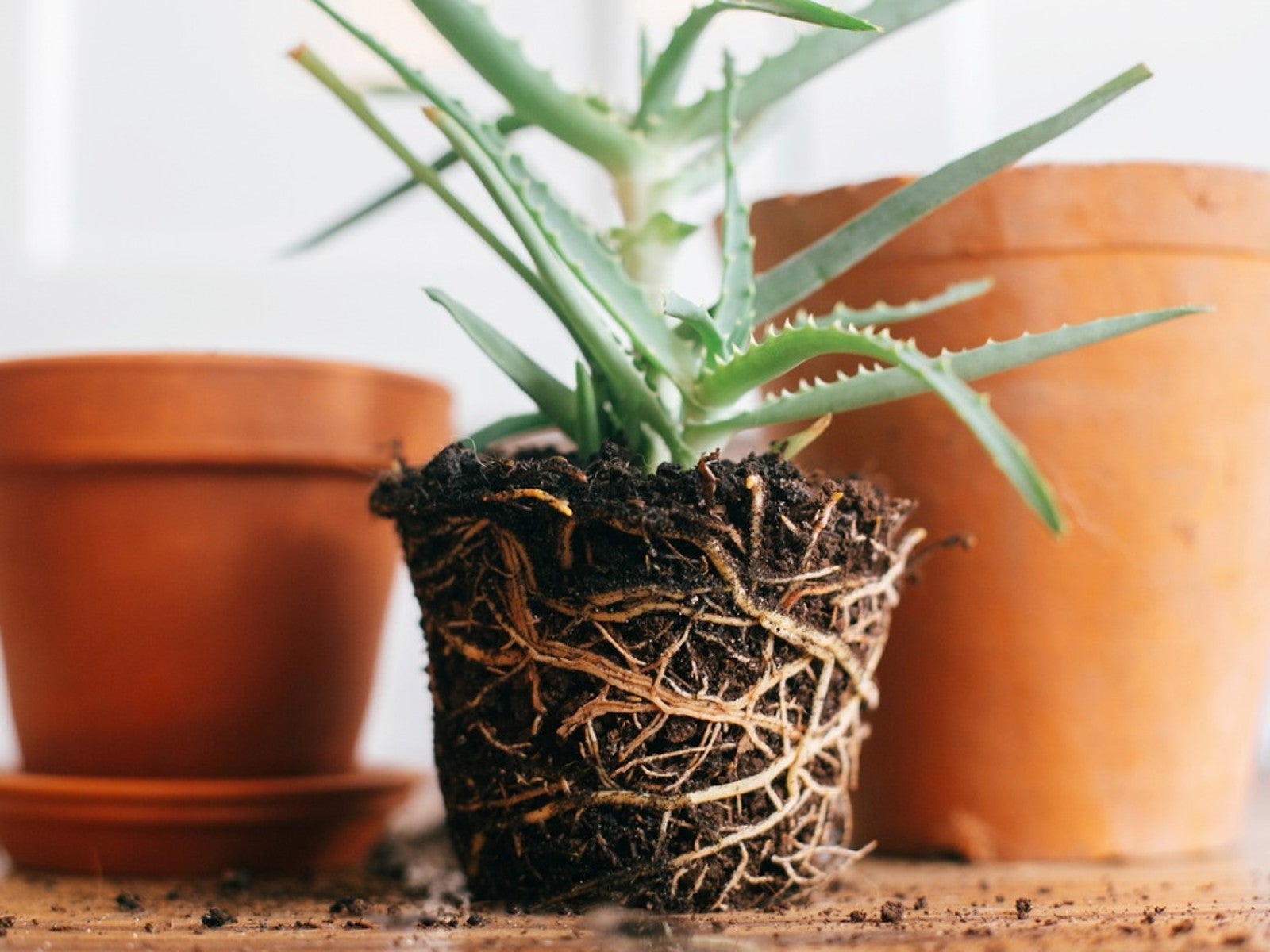 How Often Should You Repot Plants?
How Often Should You Repot Plants?Escaping roots and shrinking leaves may mean your plant wants a new pot, but some like staying cramped and cozy.
By Mary Ellen Ellis
-
 Orange Flowering Houseplant Varieties With Tropical Flair
Orange Flowering Houseplant Varieties With Tropical FlairClick here to learn about some cheerful orange-blooming houseplants you can try growing.
By Mary Ellen Ellis
-
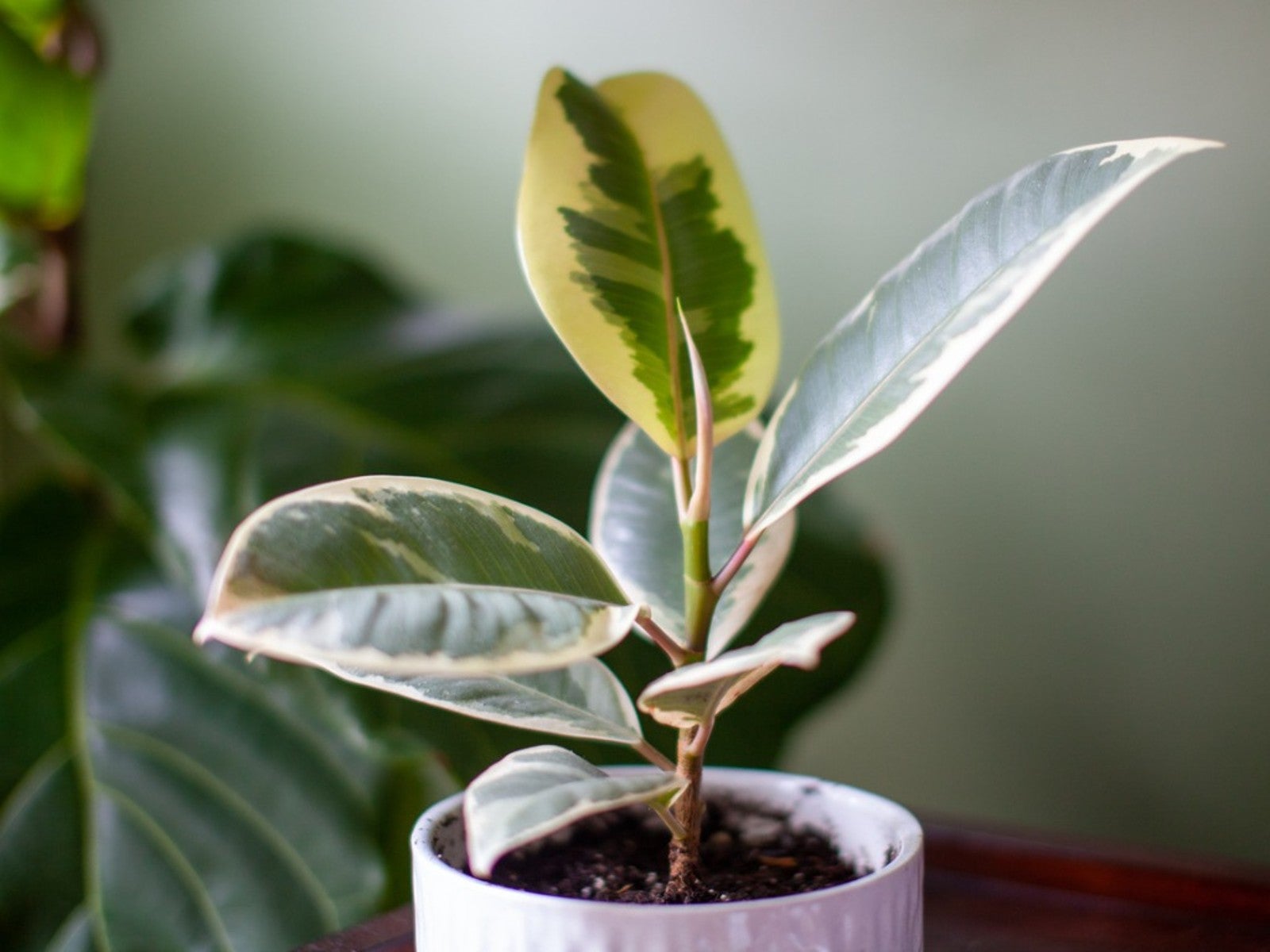 Variegated Houseplants With Lovely Leaves
Variegated Houseplants With Lovely LeavesWhat are some of the best variegated houseplants to add to your collection? Click here to find out.
By Amy Grant
-
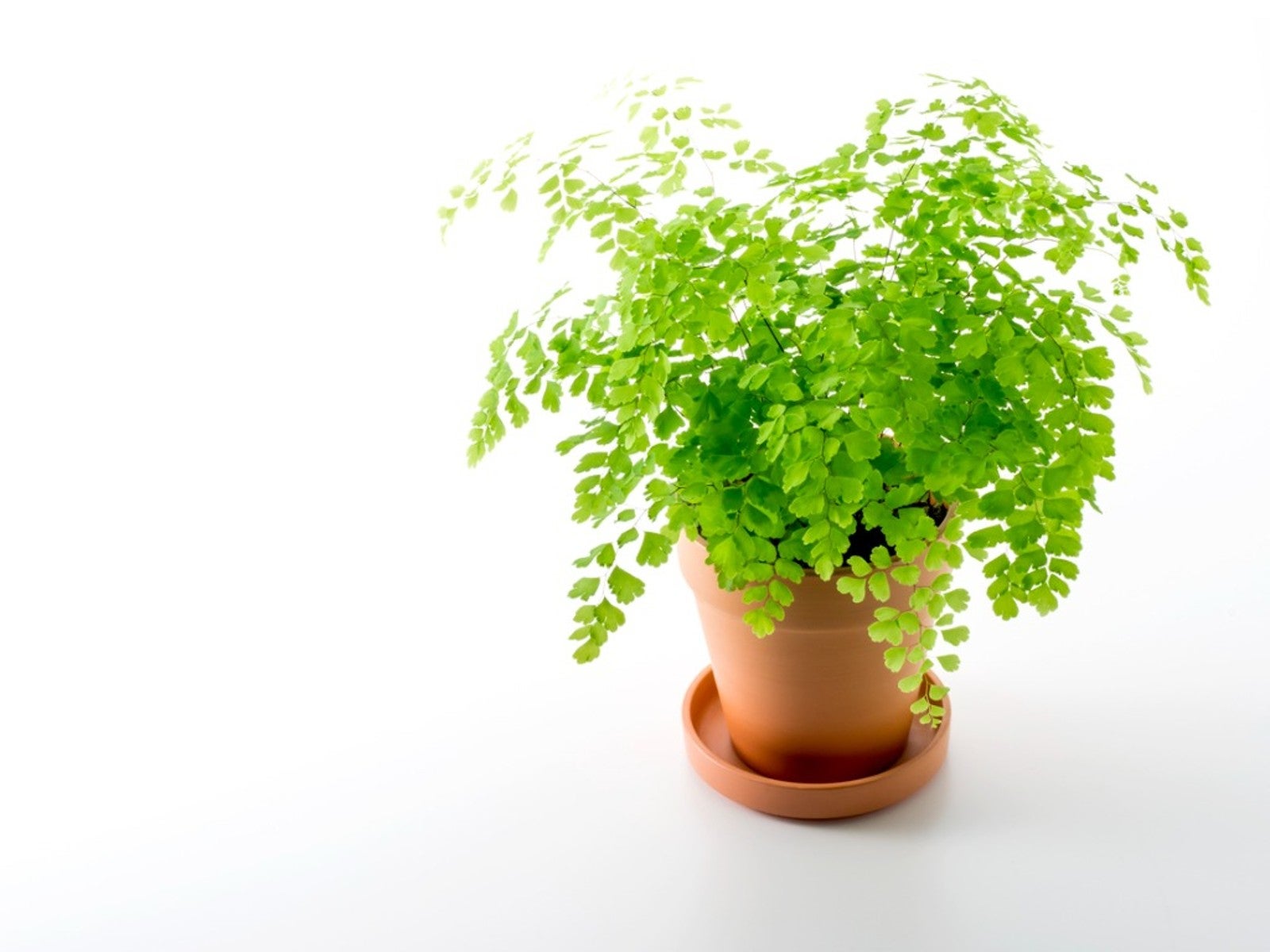 Lovely, Lacy Indoor Foliage Plants
Lovely, Lacy Indoor Foliage PlantsClick here to learn about some houseplants with lacy foliage to add to your collection.
By Mary Ellen Ellis
-
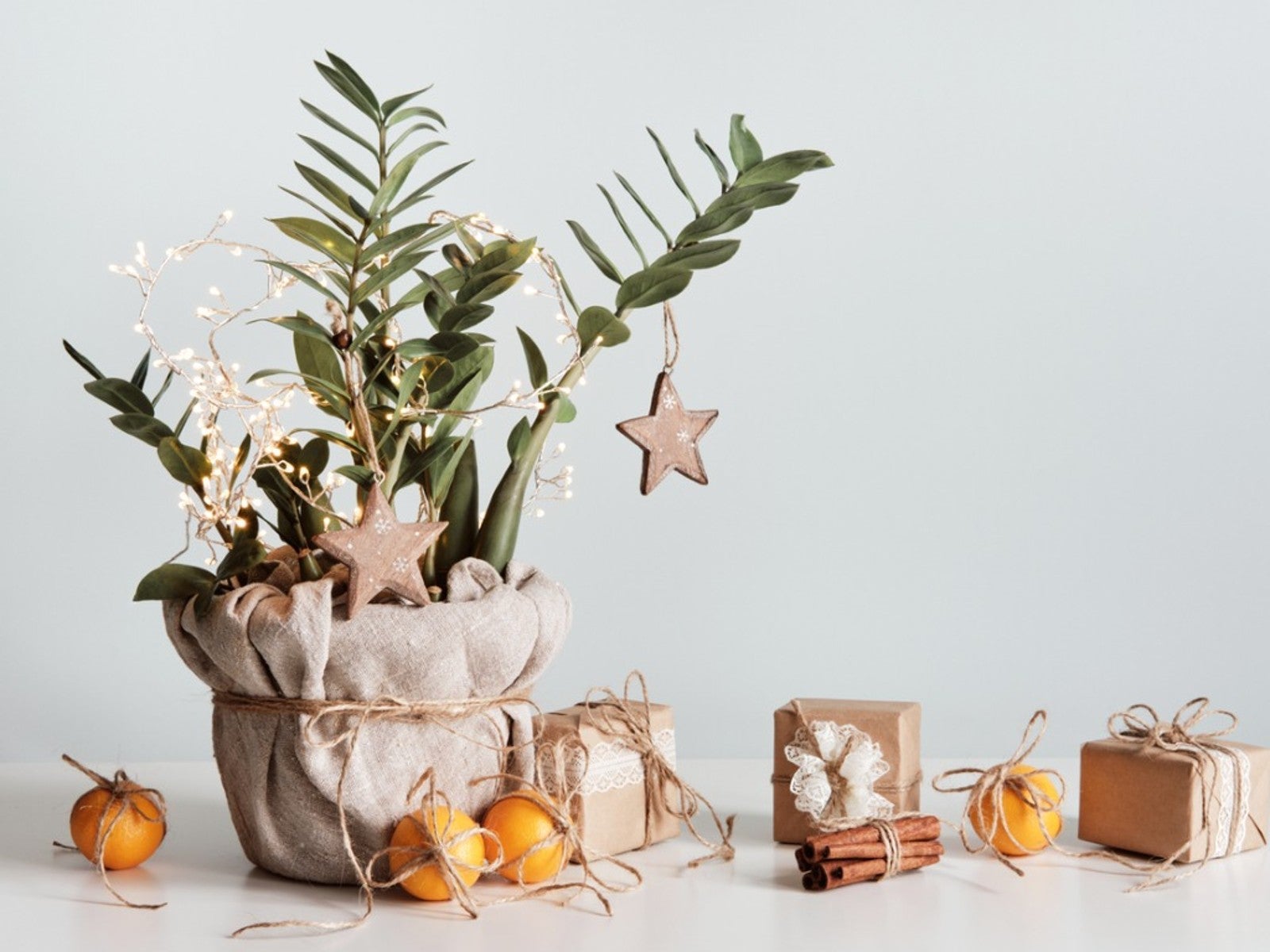 Best Christmas Houseplants And Plants For Winter Holidays
Best Christmas Houseplants And Plants For Winter HolidaysClick here for an idea of the best houseplants to use for holiday décor for Christmas, Hanukkah, Kwanzaa, and New Year’s.
By Laura Miller
-
 Best Big Houseplants To Create An Indoor Oasis
Best Big Houseplants To Create An Indoor OasisIf you have the space you may want to grow some large houseplants. Here are some ideas.
By Mary Ellen Ellis
-
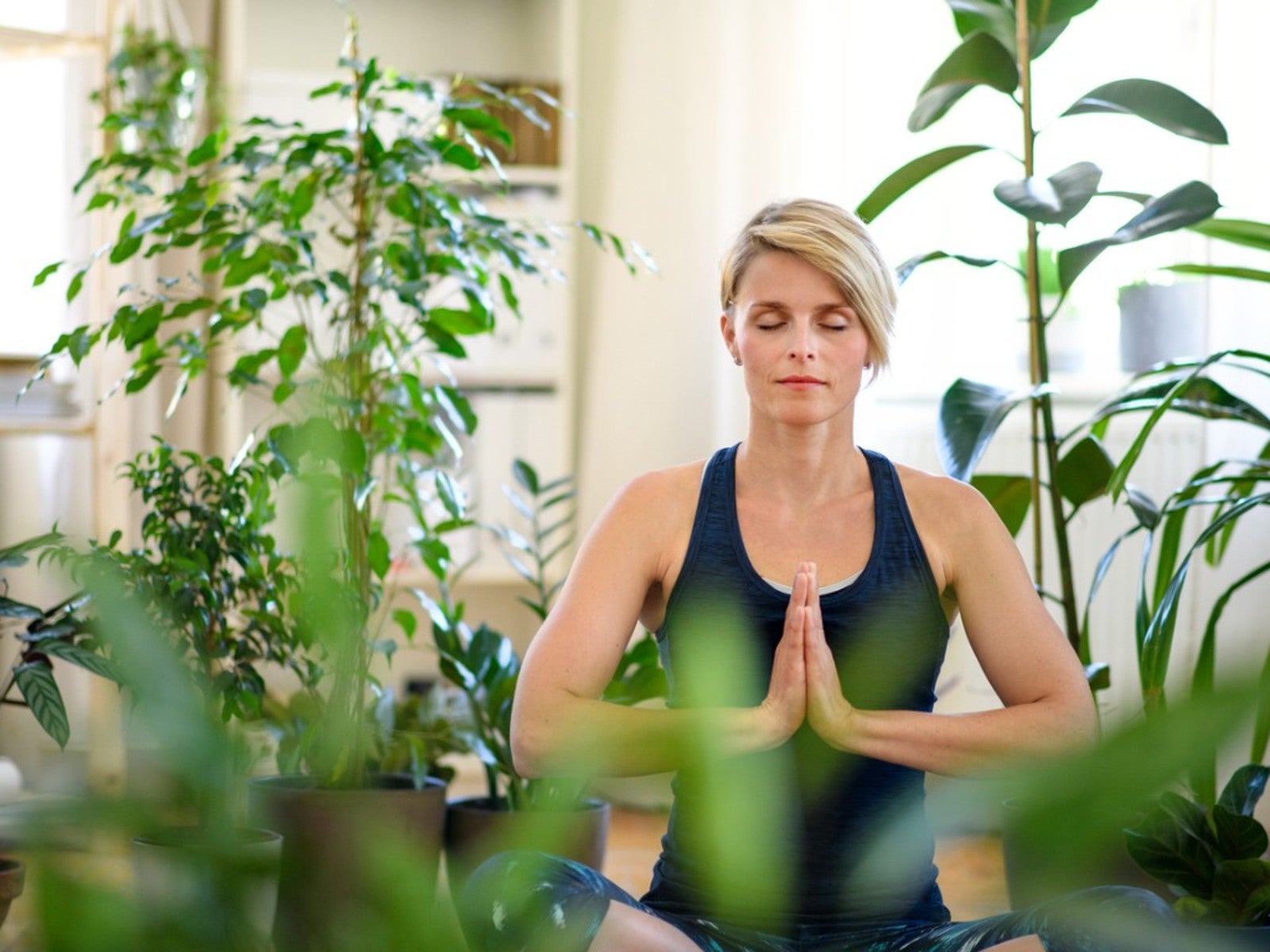 Relaxing Plants To Grow Indoors For A Calmer Mind
Relaxing Plants To Grow Indoors For A Calmer MindAre there houseplants that can help you to relax? Click here to find out.
By Laura Miller
-
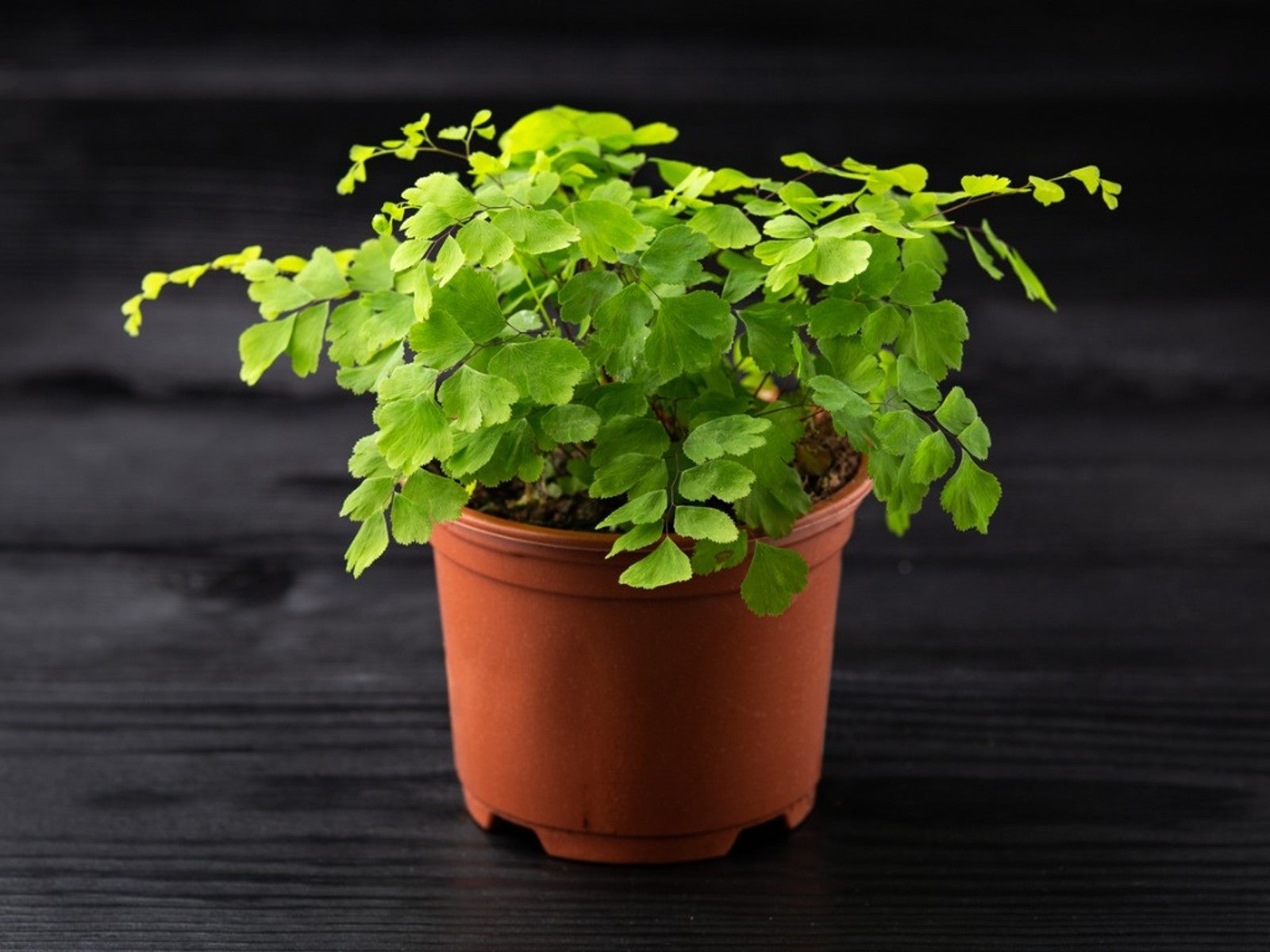 Best Small Low Light Indoor Plants
Best Small Low Light Indoor PlantsWhat are the best small indoor plants for low light situations? Click here to find out.
By Becca Badgett